Vinicius Alberici is one of our newest Nat Geo Photo Ark EDGE Fellows, who will soon be starting his project focused on the giant anteater in Brazil. We asked Vinicius to write this blog to introduce himself, his project, and explain what an EDGE Fellowship means to him.
Even giants need our help!
The first time I saw a giant anteater (Myrmecophaga tridactyla) in the wild I was in the world’s largest wetland, the Pantanal. By far the best place to see wildlife in Brazil, this seasonal floodplain is home to an impressive biodiversity, which includes jaguars, caimans, capybaras, hyacinth macaws, giant river otters and, of course, giant anteaters. If you have never seen one, let me try to describe it to you – up to almost 2 meters in length and weighing about 30 kg, these animals have a characteristic bushy tail, an elongated snout and no teeth at all. They use their powerful forelegs and sharp front claws to dig up ant and termites, which they capture with the help of their long and sticky tongue.
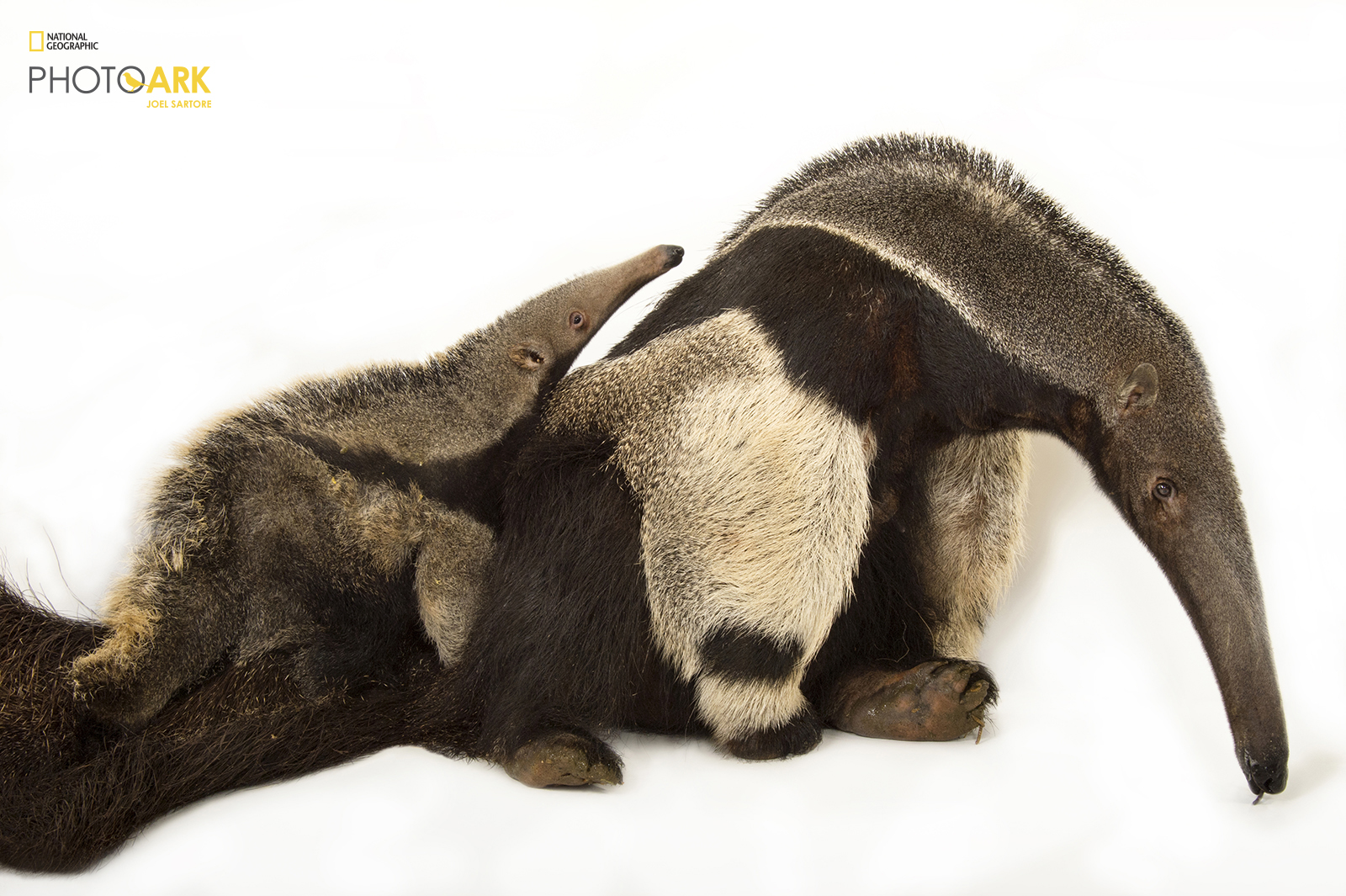
Even with an accurate description, giant anteaters are still hard to imagine and, thanks to their distinctive coloration patterns, not so easy to spot as well, unless you know what you are looking for. As a young biologist who grew up not far from São Paulo – Brazil’s largest city, watching wildlife documentaries and reading National Geographic magazines, I was thrilled to see that odd animal, walking on its knuckles, sniffing around as the sun rose in the sky. Although I knew at the time that I wanted to work in conservation, I never imagined that a few years later I would be part of a larger effort aiming to save this formidable species from the brink of extinction.
Giant anteaters are currently listed as Vulnerable by the IUCN (International Union for the Conservation of Nature) and, despite being widely distributed throughout Central and South America, they are facing local extinctions in the northern and southern parts of its distribution, mainly due to loss of habitat, fires, poaching and roadkill. Although relatively stable in the Pantanal and Amazon, their population has been drastically reduced in the Cerrado, one of the strongholds for giant anteaters in Brazil. The Cerrado is undergoing rapid agricultural development and is fragmented by an ever-increasing network of roads. Giant anteaters are among the animals most frequently killed on these roads, and road mortalities now pose a serious threat to species survival.
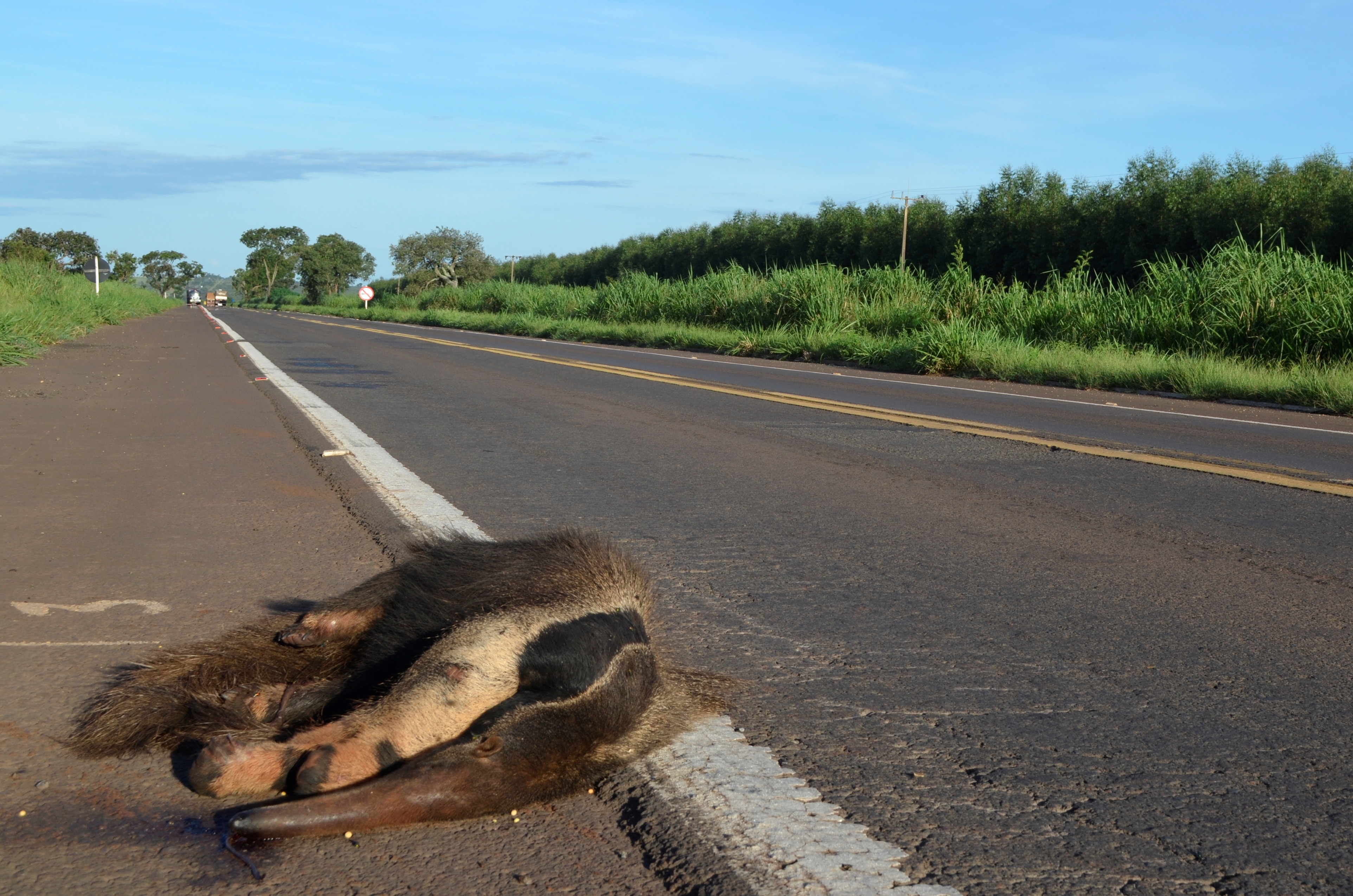
To address this threat, I decided to join the “Anteaters & Highways Project”, which aims to understand, quantify and mitigate the impacts of roads on giant anteater’s populations in the Cerrado. To accomplish that, we are monitoring individuals with GPS-tracking and camera-traps. We are also seeking to engage local communities and the government to develop a long-term plan for the conservation of this charismatic giant.
In 2018, I was awarded a Nat Geo Photo Ark EDGE Fellowship, and now I am supported by the Zoological Society of London’s (ZSL) EDGE of Existence Programme and the National Geographic Society to develop a 2-year conservation project with the giant anteater. The EDGE Fellowship will allow me to start my career as a conservationist in my country, not only to help the giant anteater, but also to engage others to act towards a better future for conservation.
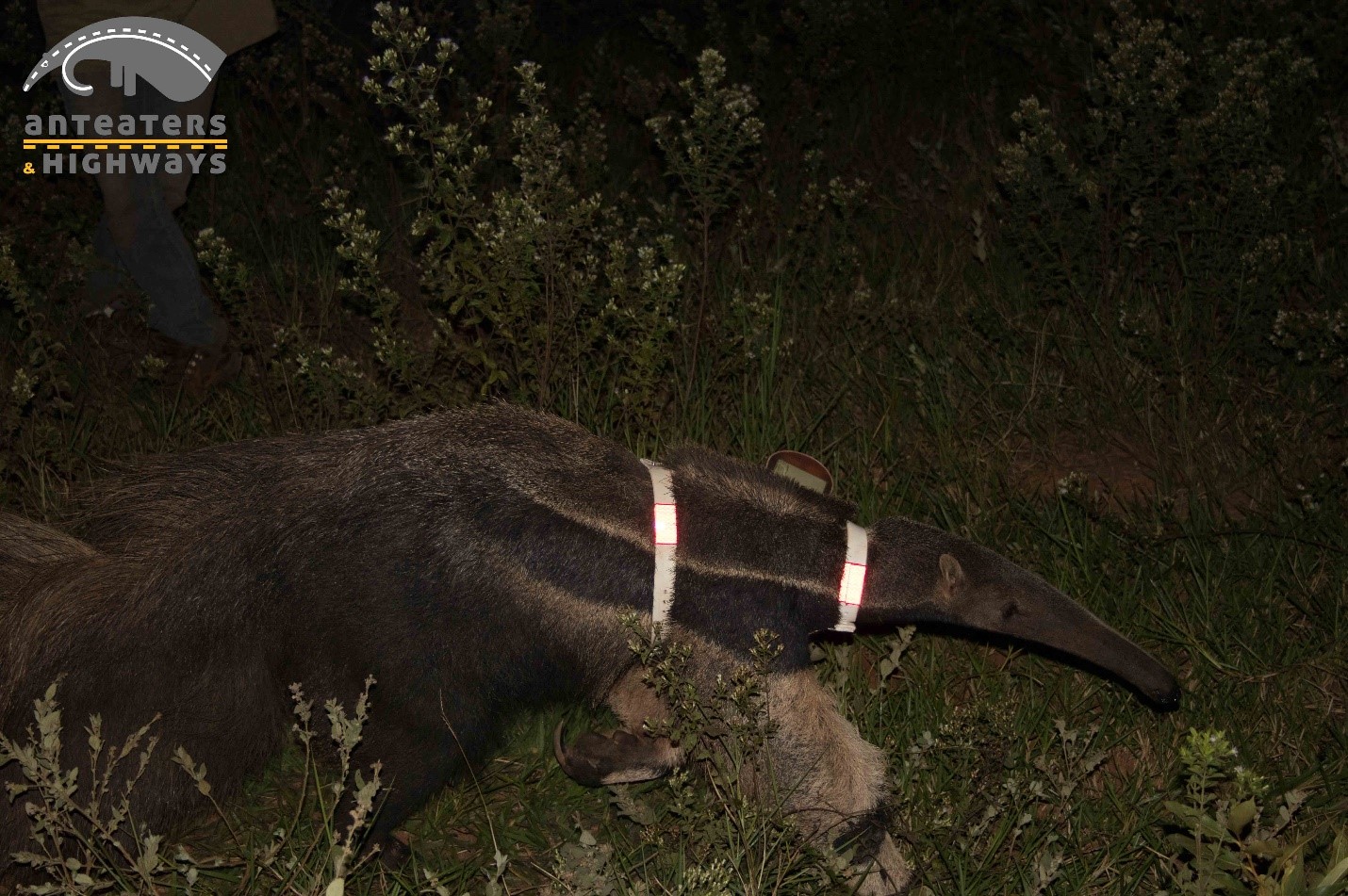
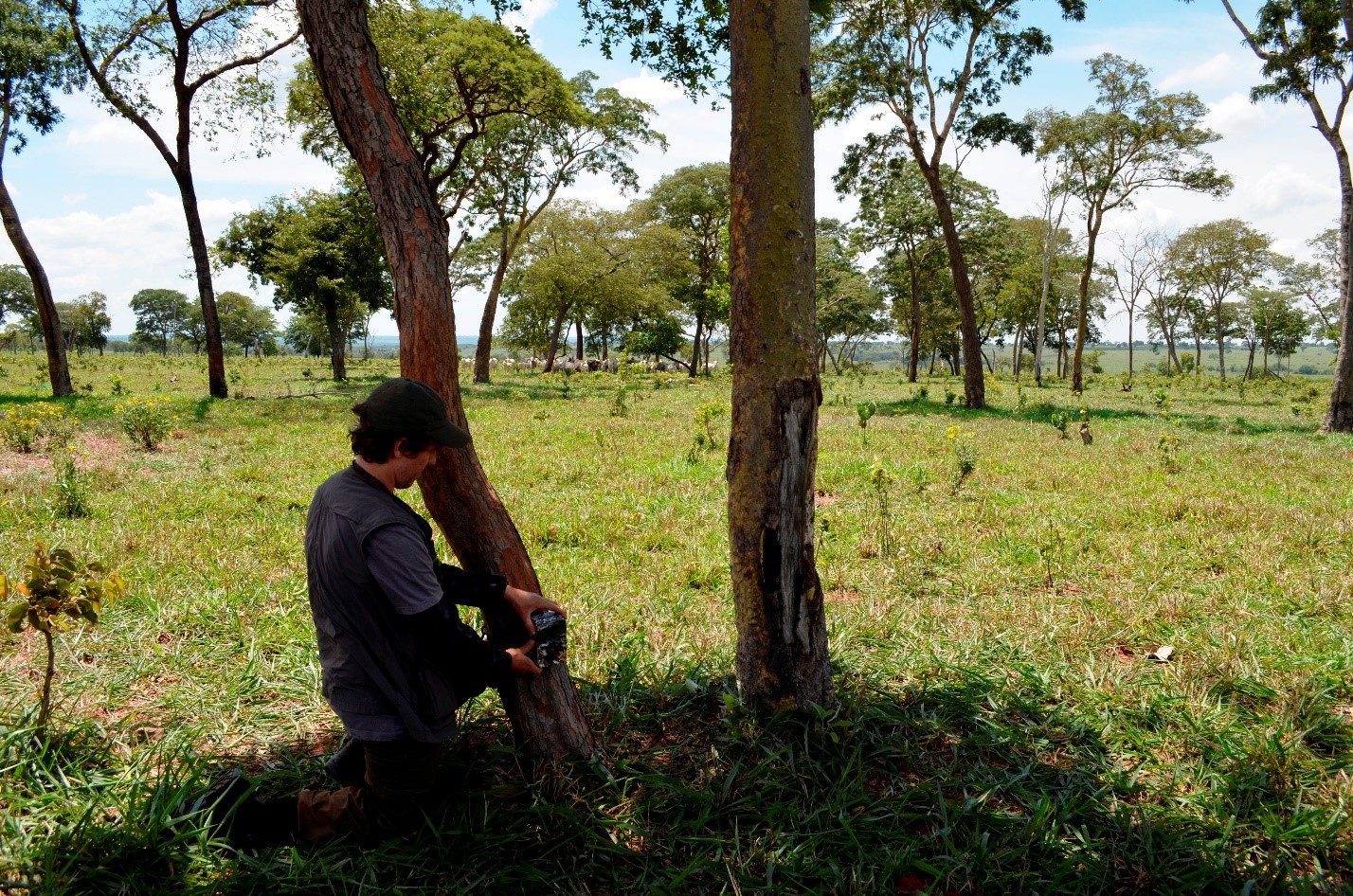
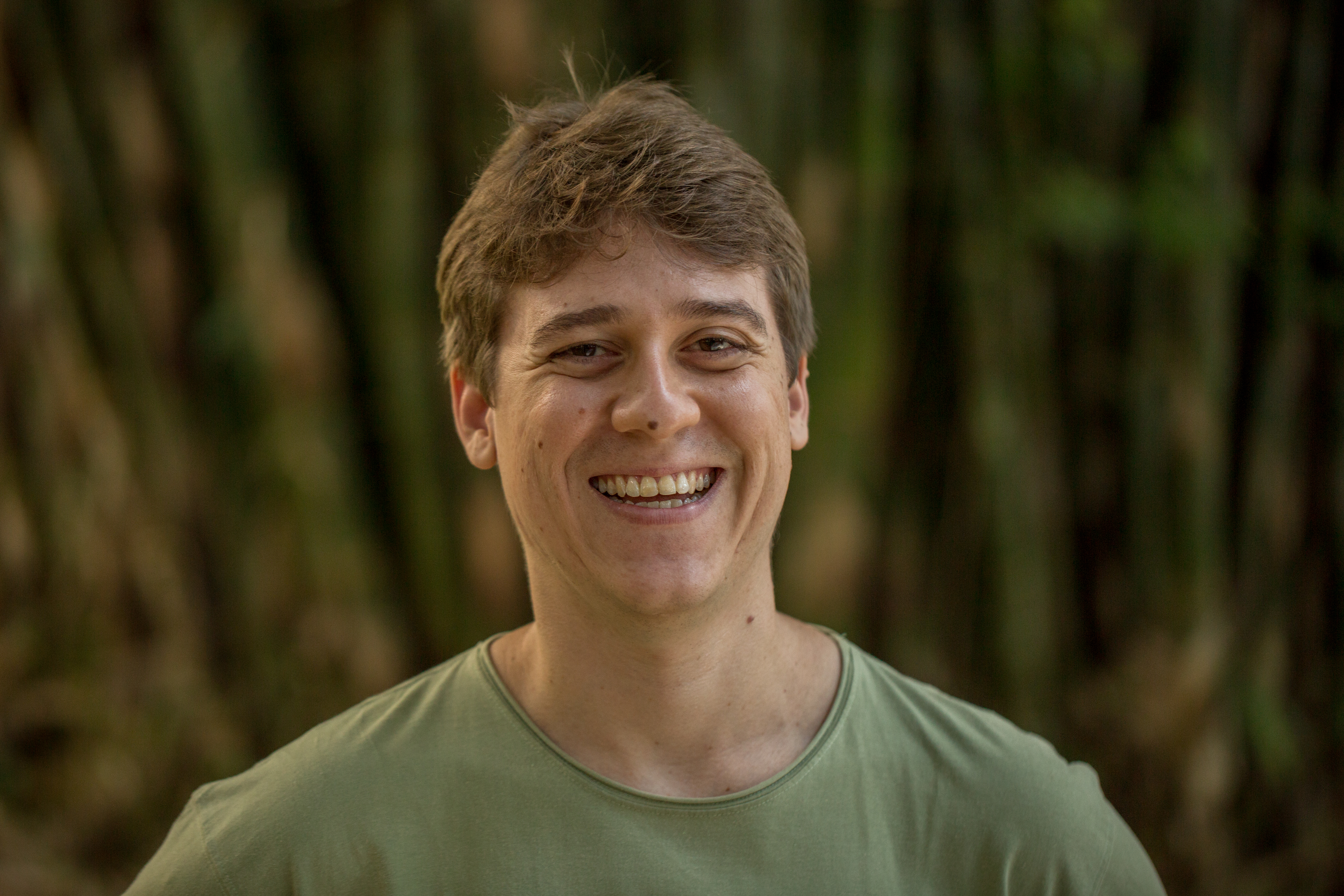
Vinicius Alberici is a conservation biologist, an amateur photographer and a dedicated coffee drinker. For the last 5 years, he has been studying the giant anteater (Myrmecophaga tridactyla) in Brazil. Recently, he joined ICAS (Instituto de Conservação de Animais Silvestes) a non-profit organization working for the conservation of threatened species in the state of Mato Grosso do Sul, Brazil. Vinicius is part of the “Anteaters & Highways Project” and also a Ph.D student at the University of São Paulo. He is using GPS-tracking and camera-traps to evaluate the impacts of roads on the giant anteater’s populations in the Brazilian Cerrado. Vinicius is also a Nat Geo Photo Ark EDGE Fellow, and is supported by the Zoological Society of London’s (ZSL) EDGE of Existence Programme and the National Geographic Society to develop a 2-year conservation project with the giant anteater.
You can support his work visiting ICAS website!